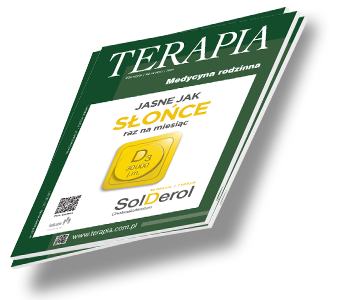Alergologia Terapia 2020, 4 ( 387 ) : 28 - 33
Czy nadszedł już czas, aby zrezygnować z SABA w astmie?
Is it time to give up SABA in asthma?
Wprowadzenie na przełomie lat 60. i 70. XX wieku do powszechnego użytku selektywnych krótko działających β2-agonistów (short-acting β2-agonists SABA) w inhalacji zrewolucjonizowało w tamtym okresie terapię astmy. Ich wysoka skuteczność w łagodzeniu ostrego napadu duszności spowodowała szybki wzrost popularności stosowania tych leków. Ich mechanizm działania wpisywał się w patofizjologiczne pojmowanie astmy w ówczesnym czasie, którą traktowano jako chorobę obturacyjną.

Zaloguj się i przeczytaj bezpłatnie całą treść artykułu.
Nie masz jeszcze konta dostępowego?
Zarejestruj się bezpłatnie, a otrzymasz:
* dostęp do wszystkich doniesień oraz pełnych tekstów artykułów naukowych w naszej Czytelni,
* prawo do bezpłatnego otrzymywania newslettera "Aktualności TERAPIA" z przeglądem interesujących i przydatnych wiadomości ze świata medycyny oraz systemu ochrony zdrowia w Polsce i na świecie,
* możliwość komentowania bieżących wydarzeń oraz udziału w ciekawych quizach i konkursach.
Zapraszamy serdecznie, dołącz do naszej społeczności.



Dodaj komentarz